I like the way that an object can contain the essence of a place – ie that a place can be hidden in a thing. An example of this are ‘swell maps’ from the Marshall Islands. A geomorphologist at Edinburgh Uni directed me to Polynesian stick charts last year when we were chatting about how artworks could interact with geological processes.
When you start to read into these lovely objects the first thing you find is that they are ‘current maps’ ie that they are a literal picture of the different movements of water around island groups. I suppose that interpretation of any object like this is akin to archaeology…a creative choice. I like the version laid out in Varieties of Unreligious Experience
Here is a long and convoluted tale about the search for the truth of these charts. The interpretation that emerges is that these are not conventional charts in the sense of being ‘pictures’ of anything, rather they are family mnemomics that are passed down through generations and incomprehensible to anyone outside the clan. The only clue to how they work that could be uncovered was that they relate to the way that ocean waves bounce back off particular pieces of land and the way those wave mix with others to create complex patterns – reading these patterns is the key to finding your position at sea.
The way we understand space and place is intensely personal – it makes sense to me that this understanding be passed down by and to those closet to us – after all these are the people we experience things with and share an individual descriptive language with. I love the idea that this shared language can be distilled into a tactile object that can be carried and held.
Find out more about Matt Baker here.
/////
Hidden Spaces – a month of blogs by members about their hidden space – whether they be real, imagined, unbuilt, cut-off from the public, demolished, spiritually significant or politically sublimated. Read more from the series.


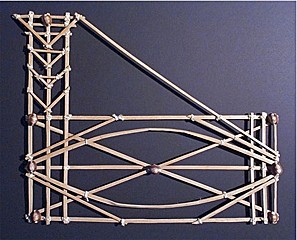
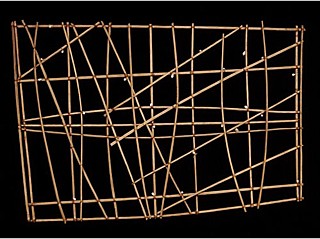
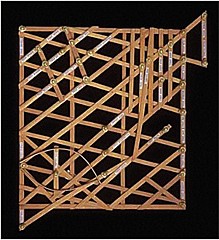
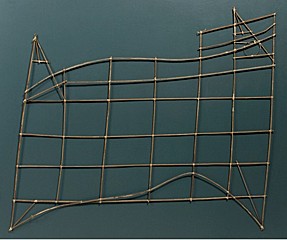
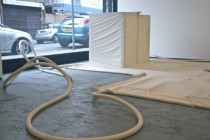
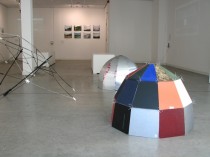










Comments